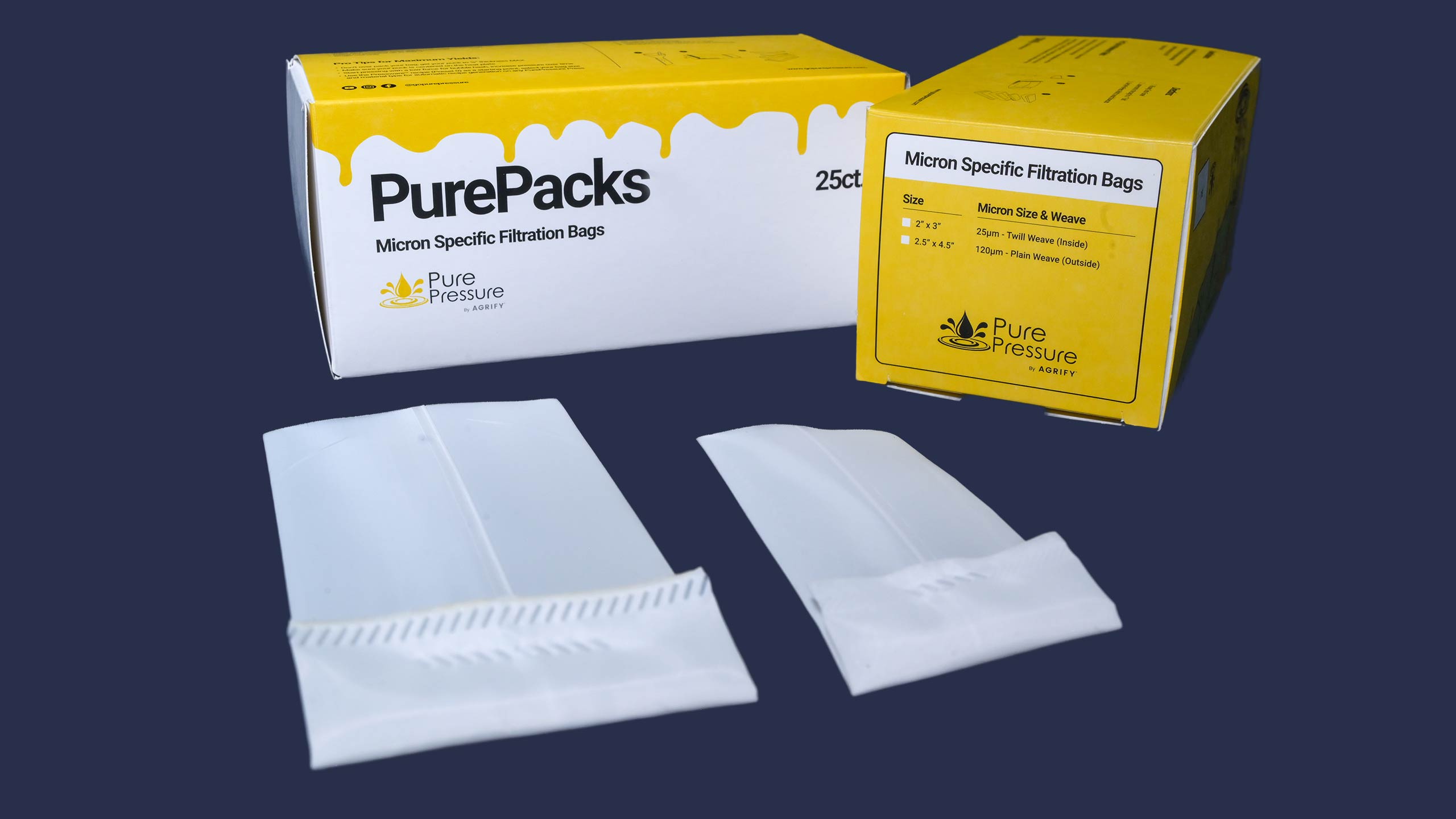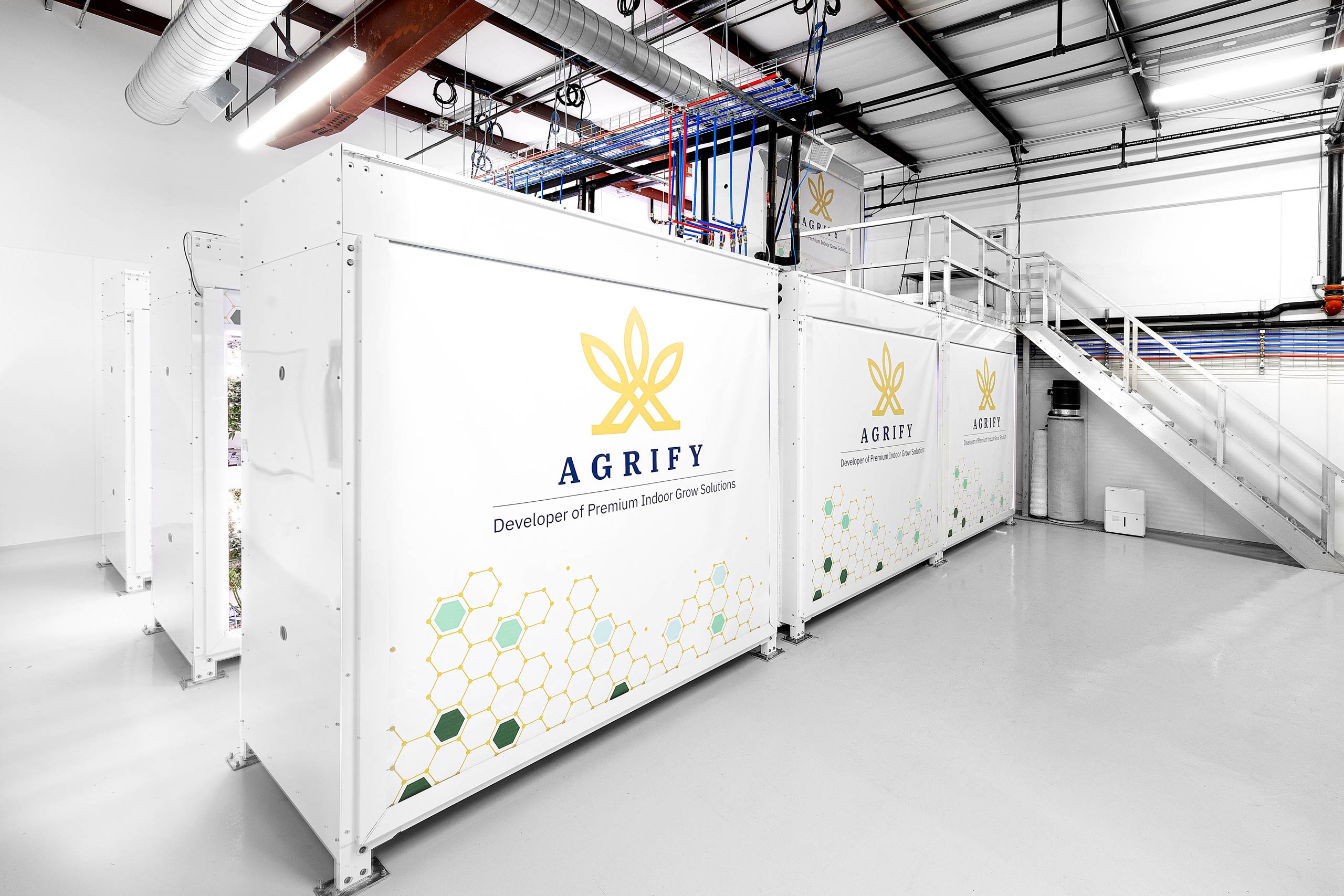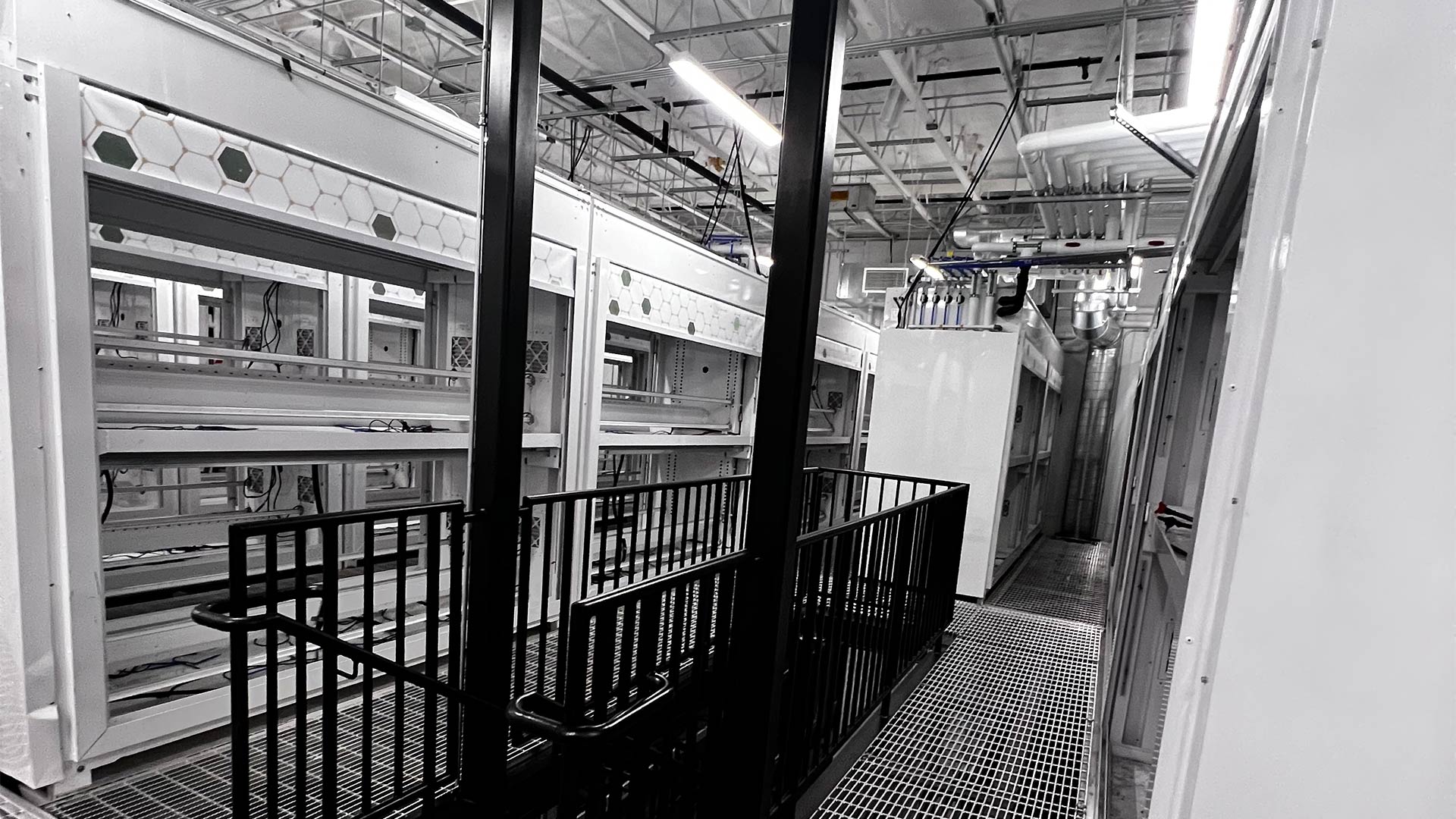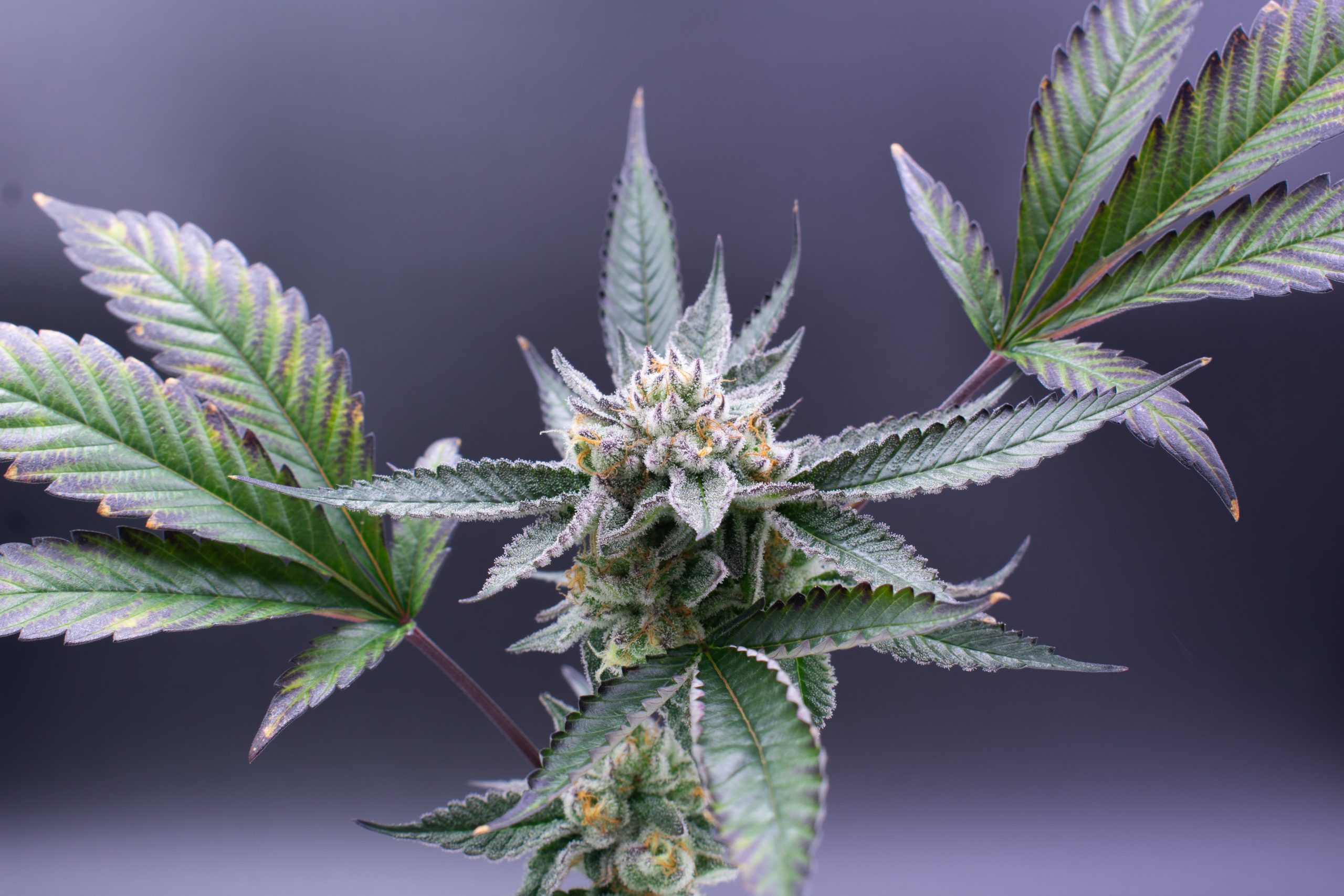Dialing in your grow environment is essential to produce the highest quality cannabis consistently. What part does the environment play? Cannabis produces more than 500 chemical compounds in different ratios and proportions and it is the aggregate effect of those compounds that give a cultivar its “effect.” The chemical compounds are determined by a cultivar’s DNA, but the environment impacts how much of each chemical compound is produced; sometimes even producing compounds that aren’t expressed under sub-optimal conditions.
That means that once you’ve dialed in a cultivar’s environment to maximize its genetic potential, you will need to be able to recreate that environment so you can produce flower of that quality repeatedly, and with minimal variation from one harvest to the next. Below are five tips that hobbyists and commercial growers alike can focus on to achieve repeatable practices and outcomes.
#1: The impact of pressurized grow rooms on yield
Air circulation is one of the most important aspects of a grow environment, as circulating air helps prevent mold and mildew from developing on the plants. Most growers opt for one of four styles of pressurized grow rooms to help keep the air moving: positive pressure, negative pressure, sealed grow rooms, and a hybrid method.
Positive pressure
This condition is created when you introduce greater volumes of air into your room than you exhaust. The pressure of the incoming air will force air out of the room through gaps in doors, windows, walls, outlet covers, and other crevices.
Pros of positive pressure: Positive pressure setups are better for pathogen exclusion because the pressurized air leaving the room will effectively create a barrier against entry.
Cons of positive pressure: It can be difficult and costly to introduce CO₂. Odors also escape along with the air, which can be a nuisance for neighbors and employees alike.
Negative pressure
This condition is created when you exhaust more air than you introduce into the space. In this case, the pressure gradient will suck in air from gaps in doors, windows, walls, outlet covers, and other gaps. Negative pressure is often seen when growers use carbon filtration and exhaust the air from the room without actively replacing it.
Pros of negative pressure: This method is better for odor remediation.
Cons of negative pressure: It can be difficult and costly to replace CO2. This method may also introduce pests and pathogens via untreated air.
Sealed grow rooms
Sealed grow rooms have no incoming or exhausted air. These environments must be actively balanced. A sealed grow room takes work to maintain the environment, including maintaining temperature, humidity, CO2, and lighting (μmol). Mechanical systems such as air conditioning, lighting, dehumidifiers, and air quality management technologies such as Bluezone, along with their associated control systems, may need to be a part of this system.
Pros of sealed grow rooms: Extreme control, like that supported by Agrify’s vertical farming units (VFUs) provides the best results!
Cons of sealed grow rooms: There is an upfront cost to purchasing all the required equipment, and greater cost to maintaining the environment. There is also a larger learning curve than other pressurized grow rooms.
Hybrid
Hybrid versions selectively introduce and/or remove air into the grow environment. The incoming air should be filtered to remove pathogens and pests. Exhaust air should be treated to remove odors.
Pros of hybrid models: Hybrid models provide exceptional environmental control with greater flexibility than a sealed grow room.
Cons of hybrid models: Hybrid models are expensive to set up and maintain.
How to test your grow room’s seal
To test the seal on a room, close the room and turn on a sealed exhaust fan. Trace all room edges, windows, ducts, and other areas with a burning stick of incense; you will be able to see where incoming air disrupts the upward smoke stream. This will reveal areas needing a better seal. (Remember to sanitize your room after performing this test.)
#2: Light uniformity helps stabilize results
Lighting uniformity is when even amounts of light reach across the growing canopy, supplemented with inter-canopy LED lighting in the under canopy when needed. This ensures consistent maturation times, chemical profiles, and flower quality.
If you’re looking to test your light uniformity in a home grow environment, lay trellis netting on the floor under your lights to create a grid of the growing area. Use a PAR (Photosynthetically Active Radiation ) meter to map and record the light levels at a uniform distance from the light source; this should be your target canopy height. Make adjustments to your light hanging locations and heights to achieve your ideal μmol level; this level will be different for each grower based on environmental control and growing style.
Larger growers can often have professional lighting layouts provided for free by commercial lighting companies like Agrify. Growers should plan on providing the target canopy height and canopy square footage, and the company can help them calculate precisely how many fixtures they need to achieve their goals.
#3: Utilize irrigation to improve crop quality
Automating irrigation is one of the easiest ways to improve consistency and free up time without sacrificing quality. Time saved by automating irrigation can be spent performing hands-on tasks that improve crop quality and plant health.
Agrify’s irrigation tips
The goal of any irrigation cycle is to achieve uniform media saturation and the leaching of accumulated fertilizer. Target 10 to 15% runoff on each irrigation cycle. Ensure you have enough drip emitters to prevent channeling; water takes the path of least resistance so water can escape the growing media before uniform saturation.
- Make sure to use check valves (one-way valves) ahead of fertilizer injection to prevent backflow of fertigation water into your municipal supply.
- Maintain clean irrigation lines with periodic monthly “line shock” treatments using PAA, H2O2, or ClO2 to prevent biofilm formation and clogs.
#4: Humidity management is essential for healthy cannabis plants
Humidity may be the most overlooked aspect of dialing in a cultivation environment. Growers must manage ambient humidity, transpiration, evaporation, spikes in heat load, and equipment not purpose-engineered for cultivation, which can all contribute to humidity. It is essential to design grow rooms for their total heat/humidity loads.
This can be approached in two ways: the sensible load and the latent load. The sensible load is the energy required to cool the space to the desired temperature, while the latest load is the energy required to control humidity by removing excess moisture from the air.
Agrify’s tips for humidity management
Too many growers focus solely on mitigating the heat created from their lights without consideration for the cooling required. Size your equipment with 20% buffer capacity to accommodate for these spikes. Use high-efficiency dehumidifiers that incorporate reheat from the evaporative system; this can save 30-65% of the energy used for dehumidification as well.
#5: Keep an eye on intentional stress
Plants (and some people) thrive under stress. While providing ideal cultivation conditions is the path to growing healthy vigorous plants, controlled stress is the secret to actualization. Some intentional stress may actually be good for eliciting the right phytocannabinoid and terpene yield for a certain cultivar.
Agrify’s tips for managing intentional stress
Controlled gradual drought in late flowering has been shown to increase THC, CBD and secondary metabolites. It’s important to note, though, that drought timing had an impact on what terpenes were produced. Careful experimentation with controlled stresses from drought and temperature can increase your crop quality.
Precision elevated with Agrify
Every grower knows that a cannabis plant’s environment is key to good outcomes, but they may not realize just how much these factors influence the plant’s chemical profile. Agrify’s vertical farming units blend the worlds of a controlled environment with Agrify Insights, a software that tracks thousands of data points related to humidity, irrigation, and more. Agrify Insights also automates data capture, so no human error comes into play. The result is a rich body of historical data that informs the next harvest, helping you stabilize and standardize consistent yields over time. Contact Agrify to learn how our solutions can help your grow, or download our free Precision Elevated brochure below.







